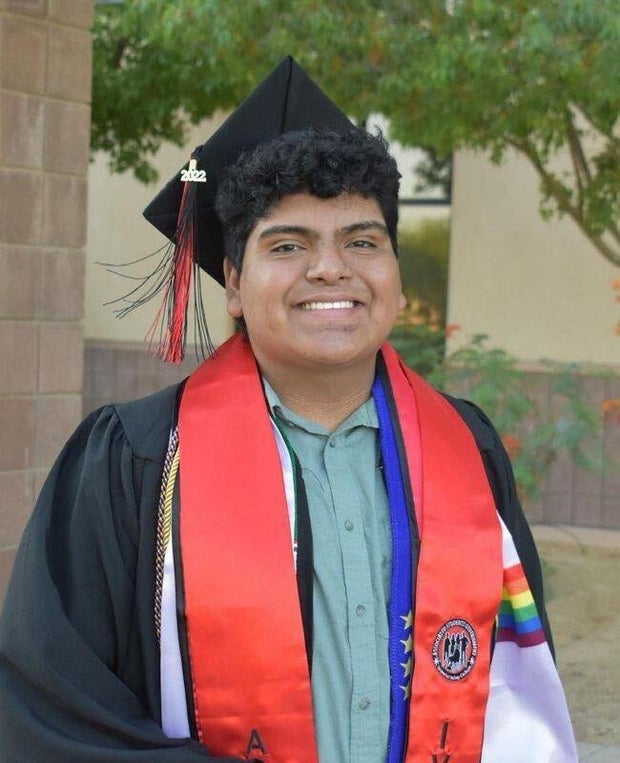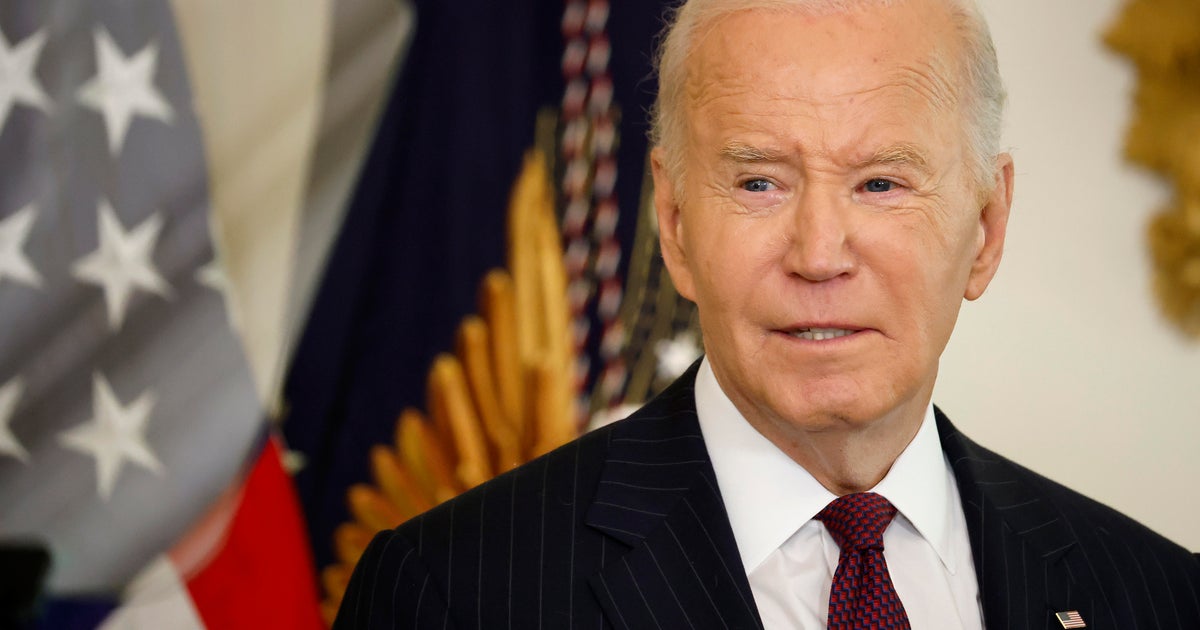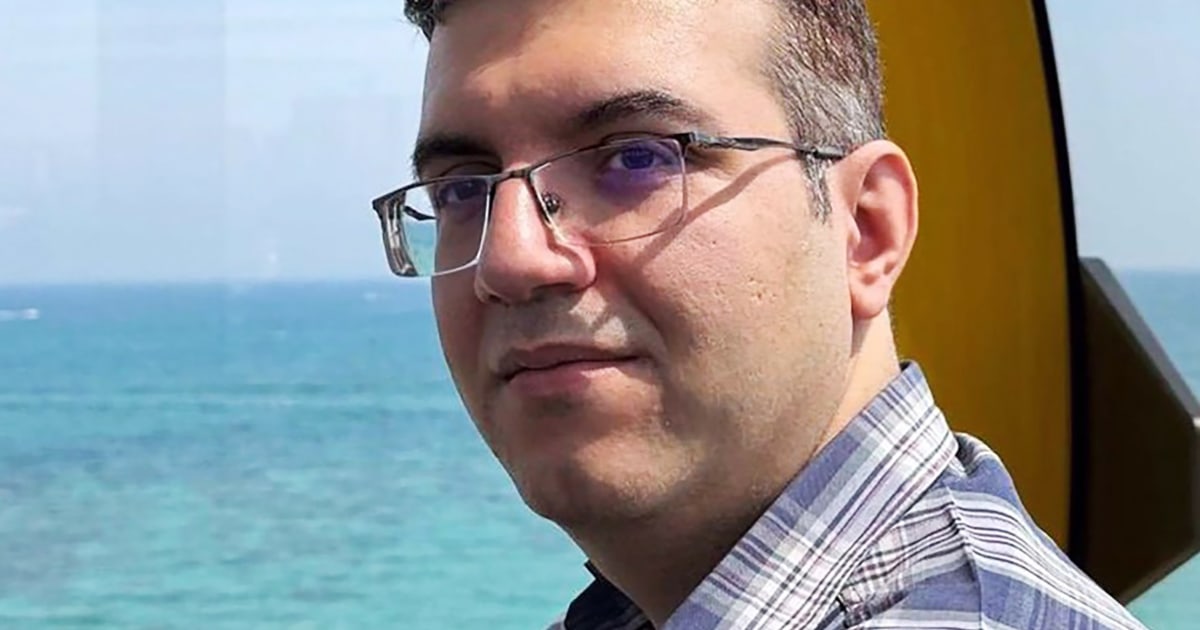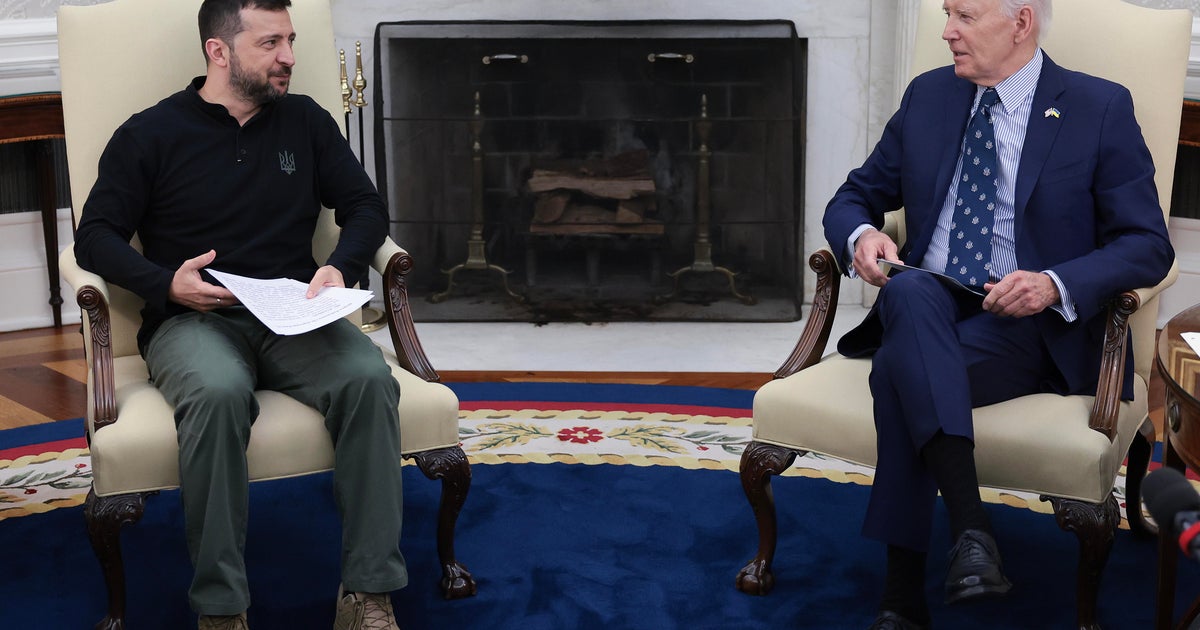World
Thousands of students cross the border from Mexico to U.S. for school. Some are now set to graduate.
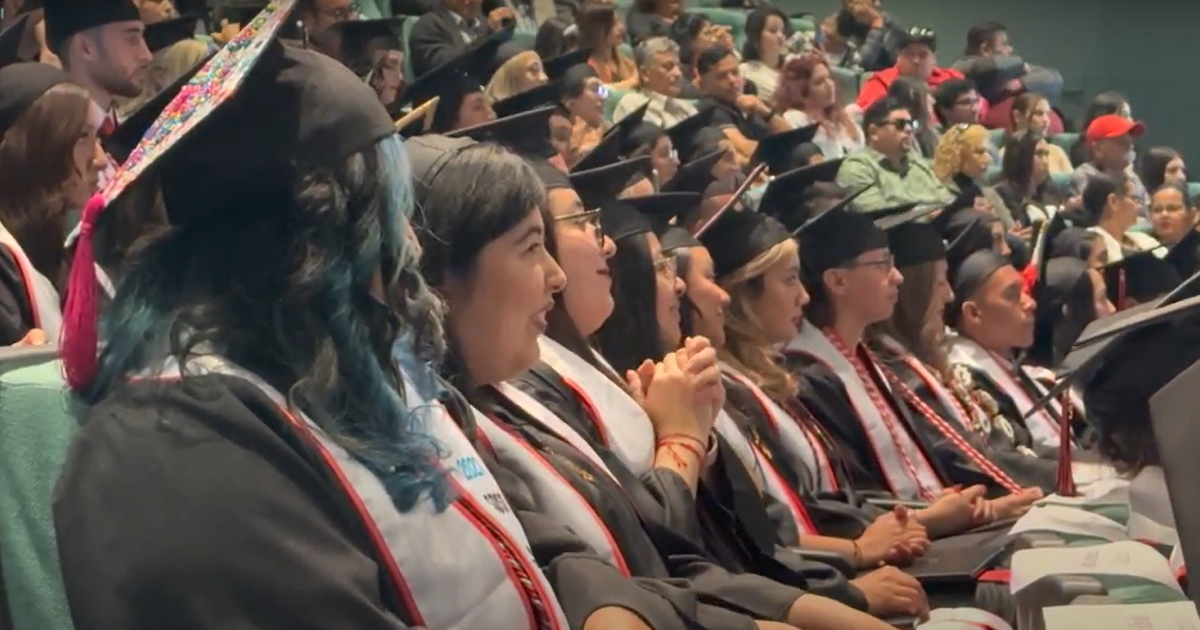
For most high school students, forgotten homework or gym clothes might entail a text to a parent. In Jose M. Vazquez’s case, one forgotten item in particular— his birth certificate— meant no school that day.
Courtesy Jose Vasquez
Vazquez, 24, now a senior at San Diego State University Imperial Valley, has been crossing the U.S-Mexico border into California to attend school for around nine years. On May 12, he will graduate during a convocation in Mexicali, Mexico. His mother is attending the ceremony, put together by his college, something she would otherwise be unable to do because she can’t get a visa to enter the United States.
Vazquez is one of tens of thousands of transborder students, some as young as kindergarteners, who cross the border from Mexico into California, Arizona, New Mexico and Texas to pursue an education in the United States.
Transborder students have documentation that allows them to cross into the U.S. for school, like a passport, birth certificate or naturalization certificate, but living in Mexico is often more cost-effective and allows them to stay with their families. Students crossing the border during middle and high school often use a U.S. address, sometimes of a friend or family member, to avoid scrutiny from the school district.
Some students are U.S. citizens who have lived in Mexico the majority of their lives, while others return to Mexico after living in America for economic reasons or family reunification, said Laura Dicochea, a Ph.D candidate at Arizona State University, who researches transborder students.
“It’s like a circular migration,” Dicochea told CBS News.
The first in his family to graduate college, Vazquez reflected on his – and so many others – educational journey.
A transborder school commute
After his father was deported from the United States in 2006, Vazquez — who was born in Arizona — moved to Mexicali, Mexico when he began crossing the border a few years later to attend Central Union High School in El Centro, California.
Although he is a U.S. citizen, for Vazquez, like many transborder — or transfronterizo— students, living in Mexico with his family made sense because it is “so part of my culture, of me, that I think it’s going to be so hard for me if I have to leave that,” he said, noting that he’s grateful to study in the United States.
During high school, Vazquez would wake up at 4:30 a.m. local time, wait at the border for around two hours, and arrive at school before his first class at 8 a.m. In 2019, he enrolled at Imperial Valley College, a community college 15 miles from Mexicali, before landing at San Diego State University Imperial Valley.
San Diego State Imperial Valley
Vazquez’s story mirrors that of Diana Lara Zamora, 21, now a senior at Arizona State University, who crossed into the U.S. from eighth grade through high school.
“I would cross three different states: Baja California, Sonora and Arizona every single day,” Lara Zamora said.
She began attending school in the U.S. at 14, living with a family friend in San Luis, Arizona, at times. A typical school day for Lara Zamora began around 4 a.m. local time.
Her mom would drive 30 minutes to the border to drop off her and her younger sister, where they would wait among other students before walking 25 minutes or taking a cab to PPEP TEC High School in San Luis. During the winter, when seasonal farmworkers cross into Arizona, the wait at the border could be up to two hours.
“They’re freezing,” she said of the mornings. “I remember my nose being red.”
Courtesy Diana Lara Zamora
When Lara Zamora became a student at ASU in 2020, she secured on-campus housing, a meaningful experience that allowed her “to get to know people from around the world,” Lara Zamora said.
Javier Melara, 21, who will be graduating alongside Vazquez in Mexico, has been crossing the border to attend school in California since he was 11.
“You have to face a lot of challenges,” he said. “You have to face a lot of fear, a lot of pushback from some people.”
Melara said that up until college, he would not share with his friends that he crossed the border daily out of concern that the school district might find out.
“I lived with the fear because some people were kicked out of school,” he said, noting that it was something he saw happen to several classmates including a friend.
Lara Zamora told CBS News it doesn’t “feel like for me transborder means the border itself.”
“For me, it’s more about having two cultures in yourself.”
For transborder students, the benefits of living in Mexico mean regularly confronting the challenges of crossing the border: long wait times, tense interactions with U.S. Customs and Border Protection agents and backlash from community members— all against the backdrop of a nationwide migration debate centered on the border. This week, CBS News reported that illegal crossings along the U.S. southern border dropped by more than 40% this year to 129,000 crossings in April, defying historical trends. Though transborder students cross into the U.S. legally, the act of crossing the border makes them vulnerable to scrutiny.
Scrutiny, fear and then graduation
Another source of unease for Melara was his interactions with Customs and Border Protection officers.
“I feel like we have this ingrained fear, this constant fear, like flight or fight,” Melara said of being sent often for secondary inspection, which allows officers to conduct additional questioning.
Courtesy Javier Melara
Lara Zamora, noticing that her male friends were often pulled into secondary inspection, said that she was careful about her interactions with customs officers. Vazquez said that he felt that CBP personnel sought to intimidate— a consistent issue that tarnished his commute. “They think you’re a criminal,” he said.
CBS News reached out to the U.S. Customs and Border Protection agents for comment but didn’t receive a response before publication.
Some students are put under a microscope by residents of their school district. For Lara Zamora, the frustration of community members who felt their taxes benefitted non-residents resulted in her transferring to a different high school.
“I felt like that was really unfair because it’s not my fault,” Lara Zamora said. “My parents don’t want to be illegal immigrants here.”
Lara Zamora, Vazquez and Melara graduate this month. Lara Zamora, plans to enroll in graduate school. Vazquez is taking a gap year to pursue his passion of performing as a drag queen. Melara plans to pursue a master’s in education, someday achieve a doctorate degree and “dream without barriers,” he said.
Vazquez’s mother, who has attended his drag performances, will have the opportunity to see him on a different stage in the coming days at SDSU’s graduation convocation in Mexicali. Since she was unable to cross the border to attend his high school graduation, Vazquez said having her at the ceremony in Mexico is important— particularly given that he is the first in his family to graduate.
Lara Zamora, also a first-generation student, says the realization that millions of other students have experienced similar challenges inspires her to help students like herself.
“First generation means that you are the first one, but hopefully you won’t be the last one,” she said.



